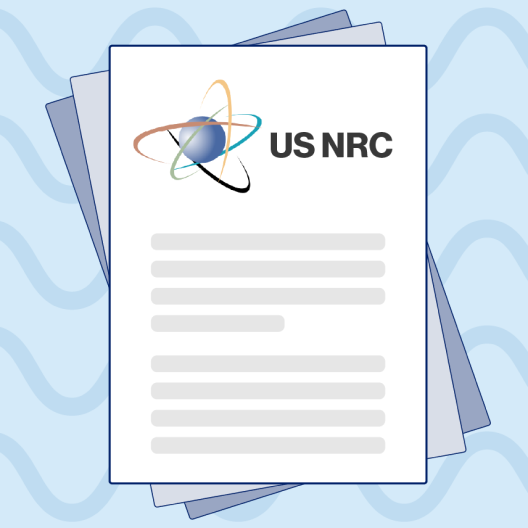
Licensing and safety
This section of the Novartis RLT Institute reviews important aspects for obtaining or amending a radioactive materials (RAM) license for medical use, including types of licenses, components of the application, and key individuals, focusing on the key considerations for a radioligand therapy (RLT) program.
RAM licensing
Overview
A RAM license is an official authorization granted by a regulatory agency, allowing the possession, use, storage, and handling of RAM for specific purposes. These purposes can include research and development, diagnosis and therapy, training, industrial processes, or other approved activities.1,2
The RAM license provides the framework for safely managing radioactive materials.2 A sample of a RAM license is located here .


Expert insight
Regulatory bodies that grant RAM licenses
In the US, RAM licenses are issued by4:
- The Nuclear Regulatory Commission (NRC), which regulates approximately 12% of RAM licenses in the US
- State regulatory agencies, which regulate approximately 88% of RAM licenses in the US

NRC and agreement states
The NRC permits states to enter agreements that give them limited regulatory authority over the use of RAM within their borders. These Agreement States are empowered to license, regulate, and inspect byproduct (ie, RAM), source, or special nuclear materials used or possessed within their borders.5 Agreement State licenses must align with regulations from the NRC and often reference guidance from the NRC, including the Consolidated Guidance About Materials Licenses (NUREG-1556).6
For more information, visit the NRC and Agreement States website.

